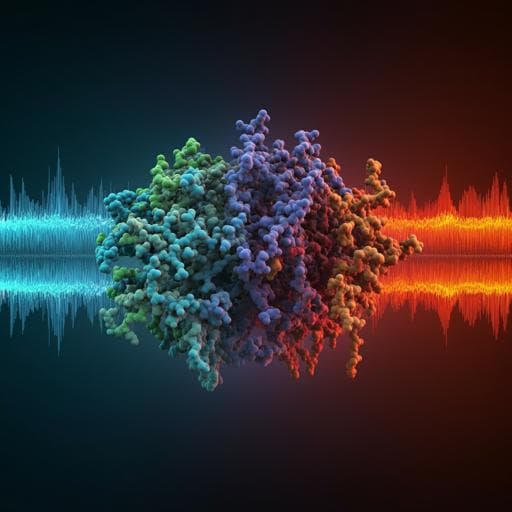
Biology
Mapping protein dynamics at high spatial resolution with temperature-jump X-ray crystallography
A. M. Wolff, E. Nango, et al.
Explore the innovative fusion of a solvent-based temperature jump with time-resolved crystallography to witness atomic vibrations in lysozyme, revealing how inhibitor binding influences enzyme dynamics. This exciting research was conducted by a team of expert authors.
~3 min • Beginner • English
Related Publications
Explore these studies to deepen your understanding of the subject.







